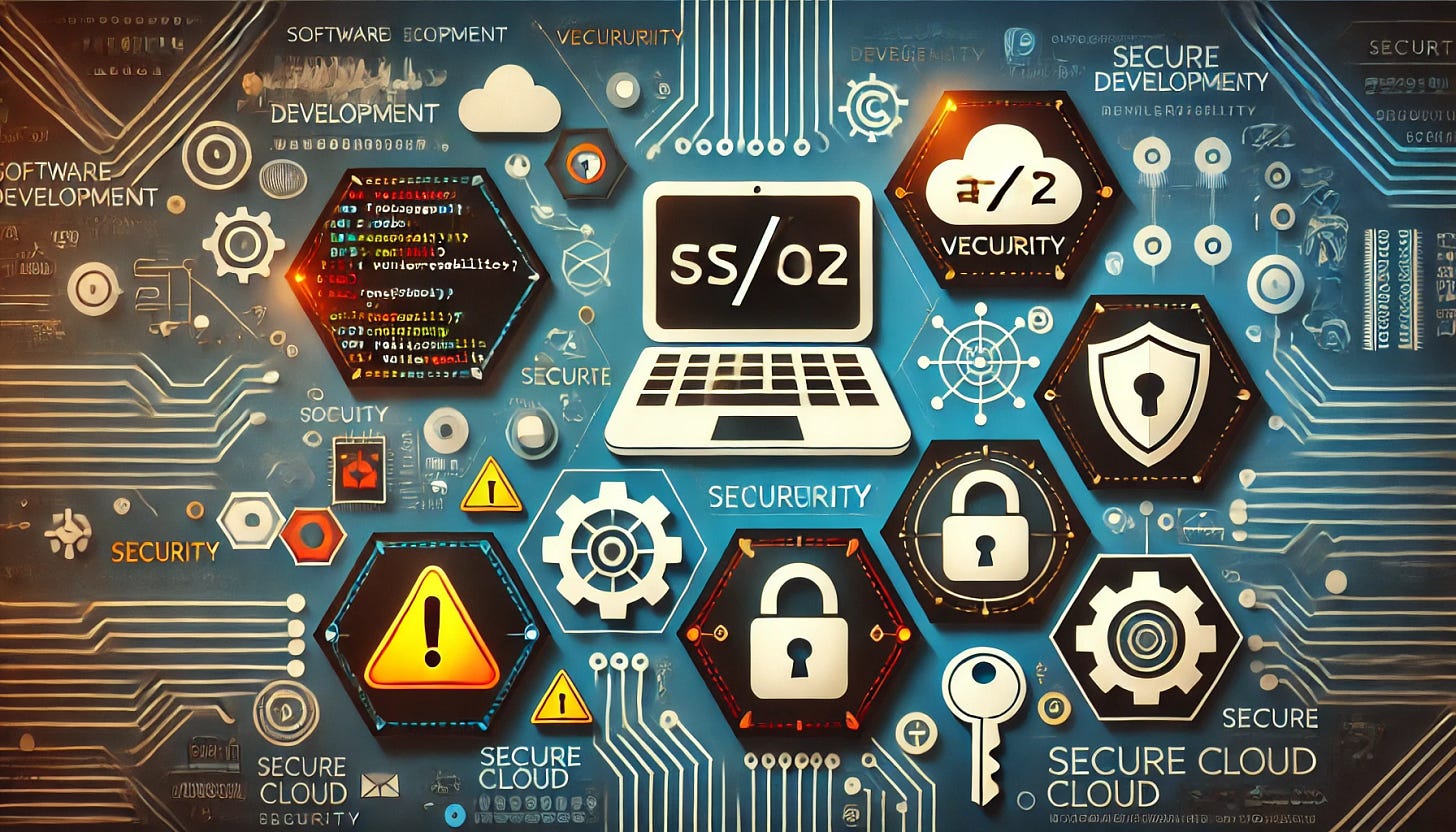Why Security Matters in Software Development
In today's digital landscape, security is more than just a nice-to-have; it's an essential part of our journey. As software development speeds ahead and cyber threats become more sophisticated, it’s important to embed security into every stage of the development process right from the start. Developers play a key role in this by creating applications that are tough against vulnerabilities and attacks. So, why is security so important in software development? Let's dive into this vital topic and uncover how it affects your applications' functionality and trustworthiness!
Protecting Sensitive Data
Protecting sensitive data is a primary reason for prioritizing security. Modern software handles a vast array of sensitive information, from Personally Identifiable Information (PII) like names, addresses, and social security numbers, to financial data, health records, and more. A security breach exposing this data can have devastating consequences, not only for the affected users but also for the reputation and financial stability of the company behind the software. Data breaches can lead to identity theft, financial loss, legal repercussions, and irreparable damage to brand trust. With stringent data privacy regulations like GDPR and CCPA in place, developers must adhere to the highest security standards to avoid hefty fines and legal action.
Minimizing Vulnerabilities and Exploits
Every application, no matter how well-designed, can contain vulnerabilities. These weaknesses can range from coding flaws and insecure APIs to misconfigured servers. Cyber attackers constantly probe for these vulnerabilities, seeking opportunities to exploit them. Insecure code can lead to vulnerabilities like SQL injection, cross-site scripting (XSS), and buffer overflows, providing attackers with access to systems, enabling data theft, or disrupting operations.
Integrating security into the Software Development Life Cycle (SDLC) from the outset is crucial for minimizing these risks. By addressing vulnerabilities early, developers can significantly reduce the potential for exploits. Secure coding practices, including input validation, robust error handling, and secure authentication mechanisms, are essential for mitigating these vulnerabilities and making applications more resilient to attacks.
Building Trust
Trust is the cornerstone of any successful application. Users are unlikely to engage with software they don't trust, and security breaches can quickly erode that trust. Data leaks, breaches, and security flaws can severely damage your reputation, leading to user churn and long-term harm to your brand.
Conversely, demonstrating a strong commitment to security fosters customer loyalty. Users want assurance that their data is handled responsibly and that their privacy is a priority. By prioritizing security, you signal to users that you value their safety and are actively working to protect them.
Compliance with Legal and Regulatory Requirements
Governments worldwide are implementing increasingly stringent data protection regulations, placing greater pressure on developers to meet rigorous security standards. Regulations like the European Union's General Data Protection Regulation (GDPR) and the California Consumer Privacy Act (CCPA) mandate organizations to protect personal data and implement privacy by design. In the healthcare sector, HIPAA sets strict guidelines for safeguarding patient information. Failure to comply with these regulations can result in substantial fines, legal action, and significant reputational damage. Prioritizing security throughout the development process ensures that software aligns with these regulations, helping organizations avoid costly legal consequences.
Preventing Financial Loss and Business Impact
Cyberattacks can lead to direct financial losses, particularly when attackers gain access to payment systems or customer financial data. Beyond direct theft, cybercriminals may deploy ransomware, locking down systems and demanding payment for their release, causing significant disruptions to business operations.
Security vulnerabilities can also lead to downtime, data loss, and the theft of intellectual property, all of which can have devastating financial consequences. The cost of a data breach can be astronomical, encompassing not only direct financial losses but also hidden costs associated with lost customer confidence, legal fees, and damage to brand value.
A Safer Development Ecosystem
Software development rarely occurs in isolation. Developers often integrate third-party libraries, APIs, and frameworks into their applications to accelerate development and enhance functionality. However, these external components can introduce vulnerabilities if not properly vetted. Cybercriminals increasingly target weaknesses in the software supply chain, and compromising an open-source package or API can lead to widespread security issues.
A secure development environment involves not only protecting your own code but also ensuring that any third-party tools and dependencies adhere to secure practices. By adopting a security-first mindset, developers contribute to a more secure ecosystem for everyone, minimizing risks stemming from external dependencies.
Long-Term Cost Savings
While integrating security measures from the outset may require upfront investment in time and resources, it is significantly more cost-effective than dealing with the aftermath of a security breach. Fixing vulnerabilities in production can be time-consuming, expensive, and disruptive to users. Conversely, implementing secure coding practices, conducting regular security audits, and performing vulnerability testing during development drastically reduce the likelihood of a breach.
Investing in security early on can save organizations from the substantial costs associated with post-breach remediation, legal expenses, and damage to customer relationships.
Conclusion
Security in software development is not an optional feature—it's a fundamental principle of building trustworthy, functional, and reliable software. From protecting sensitive data and ensuring regulatory compliance to preventing financial losses and building user trust, the importance of security cannot be overstated. Developers who prioritize security in their coding practices contribute not only to the safety of their users but also to the long-term success and stability of their organizations. By embracing secure coding practices, staying abreast of the latest security trends, and integrating security throughout the SDLC, developers can create software that withstands evolving cyber threats and continues to meet the needs of users for years to come.



